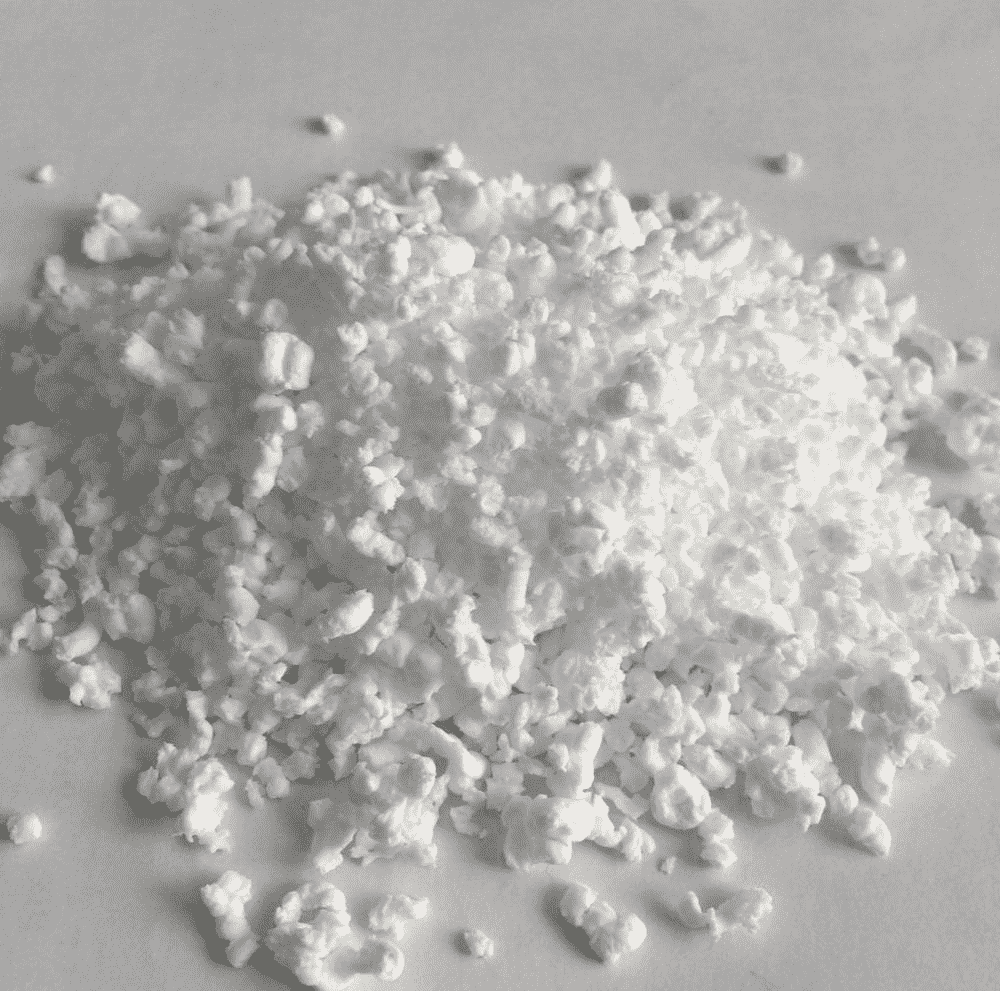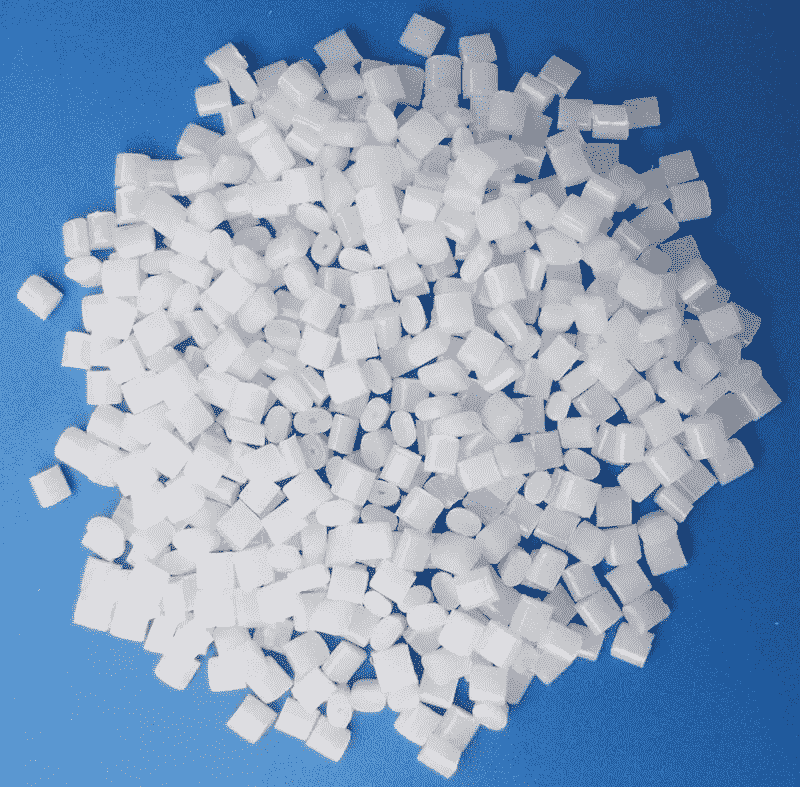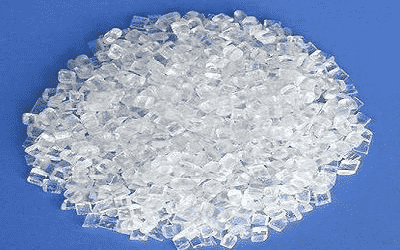So far, little has been said about the dangers of polystyrene, and the dangers of plastics and rubber have always been mentioned in articles. Most food containers are designed and manufactured with polystyrene. This chemical is prepared by combining BENZENE and ethylene and by binding to polymer chains and carbon dioxide. Many people are not aware of the dangers of polystyrene; Most products used in daily life are made from this chemical.
Recognize the dangers of polystyrene
Harm to human health
All the materials used to make polystyrene are harmful to humans and carcinogenic. Even exposure to these substances can cause cancer. Toxic substances enter the human body in food packaging containers. The heat of food causes more toxic substances to penetrate the human body.
Harm to human health the environment
These toxins enter the environment and pollute it. Since polystyrene does not decompose, the negative impact of this material on the environment is very high. Recycling this material is expensive and it is not cost-effective. Polystyrene is lightweight and easily enters and contaminates running water.
This chemical can enter and endanger their lives, even where single-celled organisms such as plankton live.
Collecting this material from the environment is a big challenge and its recycling is costly. There are very few centers in the world that do this! This material only needs to be disposed of properly so as not to harm the environment.

Harm to human health the environment
Polystyrene decomposes in at least 500 years!
Because polystyrene is made from several chemicals, it decomposes over 500 years and is harmful to the environment during decomposition. The volume of plastic waste is 25-30% of other waste. By using less plastic goods, this cycle of destruction can be broken and the environment kept healthy.
Decomposition of high impact polystyrene (HIPS) and general-purpose polystyrene (GPPS) also takes more than 500 years. This substance causes harmful damage to the environment during this period.

Polystyrene decomposation
Penetration of polystyrene toxins through disposable packaged foods
This chemical contains toxic substances derived from benzene and styrene compounds. Both are carcinogenic and harmful to the human body. Hot foods placed in packing containers break down toxins and inject them into human blood.
Any food that is placed in disposable packaging containers is contaminated with these toxic substances and enters the human body. It is recommended to avoid consuming any kind of drink in a disposable glass. Avoid packaging fatty foods with these containers.
Avoid placing disposable closed containers in the microwave
The health authorities of many countries have asked people not to put disposable packaging containers in the microwave because the toxins of these chemicals will seep into the food when heated. The use of disposable packaging containers is banned in the United States, Canada, and the European Union. These types of dishes are not safe from microwave heat.
Impact on global warming dangers of polystyrene
According to studies by the World Environment Organization, plastic waste is the fifth most polluting factor in the environment. This material is the second most polluting factor after aluminum and increases greenhouse gases.
Polystyrene products are produced from petroleum derivatives. Extruded polystyrene is made of hydrochlorofluorocarbon, which destroys the ozone layer and affects global warming. The rate of ozone depletion is related to the number of hydrochlorofluorocarbons, which affect global warming 1,000 times more than carbon dioxide.
Avoid burning plastic materials
Combustion of these substances releases carbon monoxide and harms the environment and human health.
Pollution of water resources among dangers of polystyrene
The US Environmental Protection Agency estimated there were 46,000 plastic wastes per square meter in 2006. The lightness and buoyancy properties of polystyrene allow it to penetrate environmental resources, especially the earth’s water resources and cause environmental pollution. This chemical enters the seas and oceans through rivers. Plastic waste from cities is the largest source of pollution on the planet’s water resources. Any kind of pollution of water resources harms human life and tourism. In addition to polluting the earth’s water resources, polystyrene also kills aquatic organisms.
According to a study by the US Environmental Protection Agency, 162 species of seabirds have been fed plastic, which is a shocking statistic about the negative effects of this chemical. That is why the use of polystyrene is banned in the developed countries of the world.
Conclusion
Polystyrene is made from benzene and ethylene, which are harmful to human health and the environment. These substances are carcinogenic and threaten human health. Polystyrene takes 500 years to decompose, and during those 500 years, it damages the environment.
In addition to environmental pollution, the entry of this substance into water resources also causes the death of aquatic organisms. Burning plastic materials releases carbon monoxide, which is also harmful to humans and the environment.
Today, the people and governments of first-world countries are aware of these dangers, and the use of this substance is prohibited in these countries.

